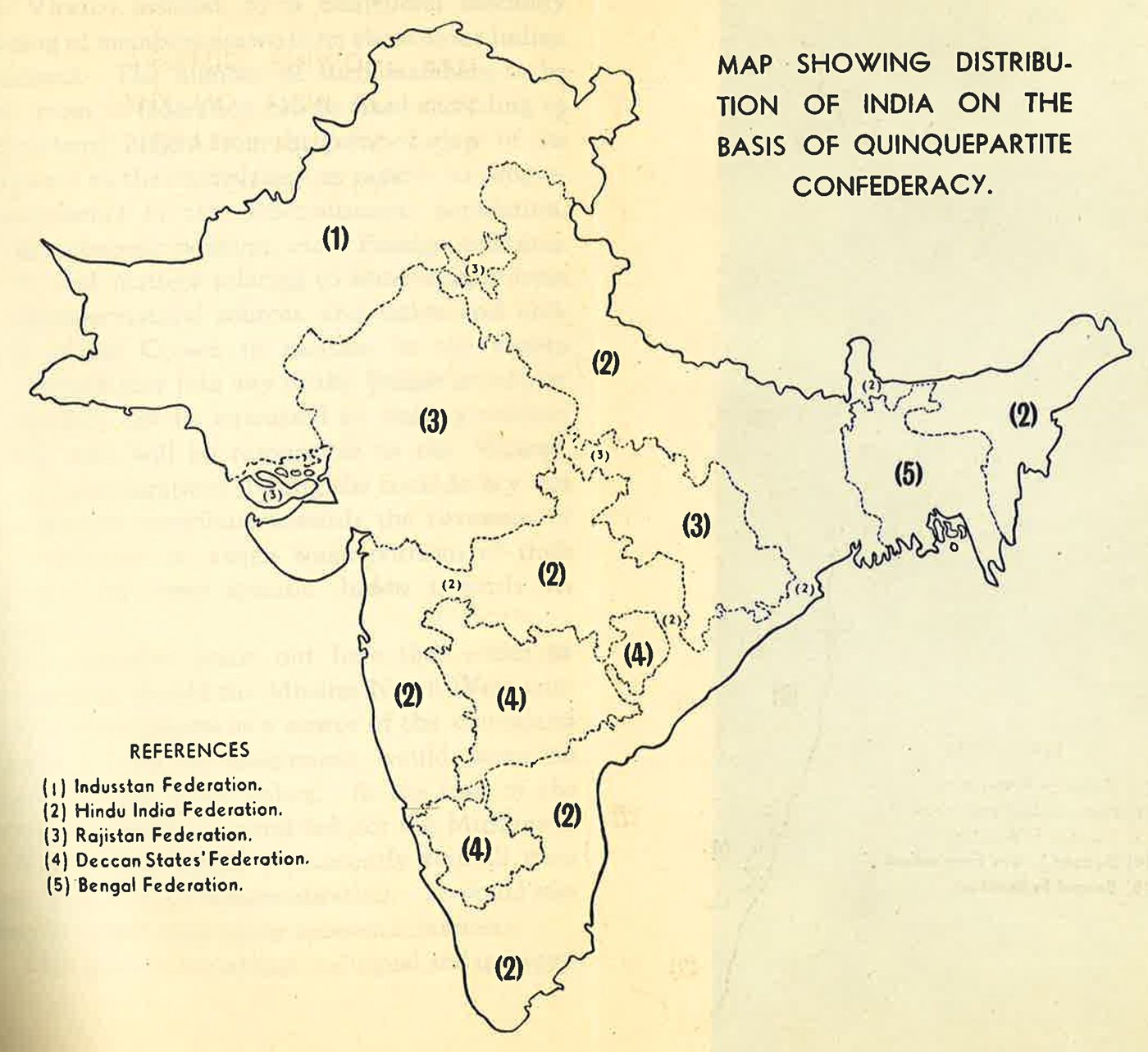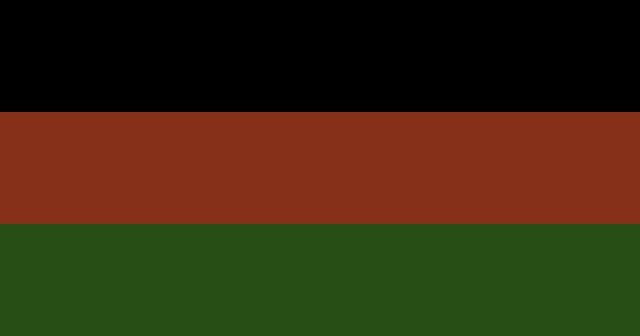Introduction
Indusstan is a pro-Pakistani and pan-Islamic superhero universe set in an alternate Pakistan. This universe will have a number of heroes, anti-heroes, villains, and other complex characters from different backgrounds and regions within Pakistan. The heroes will eventually come together to combat both national threats, and dangers to other parts of the Ummah. There are a number of key differences between our universe and other superhero universes, including the following:
- Pro-Pakistani political backdrop
- Pan-Islamic narratives
- Family-friendly, no immodesty
- No vigilante glorification
- Realistic plots, no superpowers
- Indo-Persian aesthetics
Objectives
We did not create Indusstan simply to have fun exploring an alternate Pakistan or to entertain our followers, even though those are both major reasons as to why we love working on this project. In reality, the primary objective of Indusstan is to visualize a Pakistan that is built on and closely adheres to Islamic principles. This can range from the citizenry having a love of education, to the nation hosting the cleanest cities in the world, to the hearts of men being filled with bravery and self-sacrifice. This will include politics and economics as well, from showcasing a Pakistani economy that is free from usury, to a political system run on Islamic democracy rather than British-style parliamentary democracy. Unfortunately, the Pakistan of the real world still lacks many of the characteristics that Islam expects of Pakistan and Pakistanis. However, the first step of achieving that potential is to first showcase what such a society may look like.
In addition to the above, our team is also interested in visualizing a Pakistan that takes cultural cues from our rich Islamic past or other Muslim regions, rather than the modern Western World. Our world will explore how Indo-Persian and Mughal culture may blend with the technology of today, and how this translates into cultural development and nation-building. As part of this, we will explore a number of fictional cities built on the lost or neglected Islamic architecture of South Asia, from Afghanistan to Awadh. We hope to make major breakthroughs in imagining what a new Mughalistan may look like, and developing a number of Pakistani aesthetics in the process.

Name
The name Indusstan may be controversial to some, as it may remind them of the name Hindustan, which the Republic of India now uses. However, understand that even Hindustan originally referred to the Indus Valley, a region corresponding to modern-day Pakistan. Unfortunately, Indians have successfully associated their modern nation-state with the Indus River, which is the national river of Pakistan. By extension, they claim the entire pre-partition history of Pakistanis under the guise of an undivided India. By choosing the name Indusstan, we aim to push back against this injustice, as the history and culture of Pakistan belongs to its people.
The actual spelling variation of Indusstan was inspired by the Nawab of Mamdot, Sir Shah Nawaz Khan, in 1939. This man was a member of the All India Muslim League Working Committee, and the President of the Punjab Muslim League, effectively making him a founding father of our nation. In 1939, Sir Shah Nawaz Khan suggested dividing the Indian Subcontinent into five parts, with modern-day Pakistan being called the Indusstan Federation. This shows that even prior to calls for a complete partition, the underlying idea for a Indus Valley political unit was in the minds of our ancestors. You can view a map of this proposal, which is taken from the book The Confederacy of India, here:

Flag
The flag of Indusstan is a tricolor consisting of black, red, and green. The top color represents the Islamic community via the Black Standard, signaling that the Ummah is the most important of the three stripes. The middle color represents the Muslims of the subcontinent via the colors of our shared industries and architecture. This includes the legacy of the Badshahi Masjid, Jama Masjid of Delhi, Red Fort, and Agra Fort. This signals Pakistan's bond with all South Asian Muslims as a distinct historical nation within the broader Ummah. The bottom color represents the Muslims of Pakistan via the color of the Muslim League, signaling the ideology of the Pakistan Movement as our foundation. This symbolizes the summary of priorities and outlooks of Indusstan, showcasing a key focus on Muslim unity, Indo-Persian civilization, and our Islamic narrative.

As the stripes move from top to bottom, they shift to a time period and geographic location closer to our modern situation. This is a transition from early Islamic Arabia, to medieval Islamic India, to contemporary Islamic Pakistan. Therefore, the flag acts as an abstract vertical timeline, becoming clearer as time progresses. This symbolizes that Indusstan will bring clarity to the identity and mission of Pakistan.
The three stripes also represent the three proud moments of Pakistan's caliphal, imperial, and republican history, and three of the great heroes that contributed to the civilization of Pakistan. These three moments, in chronological and top-down order, are the conquering of Sindh and Multan by Muhammad bin Qasim for the caliphate, the expansion of the Mughal Empire under Sharia to its full extent in India by Aurangzeb Alamgir, and the creation of the State of Pakistan as a separate South Asian Muslim homeland by Quaid-i-Azam. This symbolizes our historical recognition of the first, grandest, and last territorial changes that shaped Pakistan into its modern form.
The tricolor in its entirety is a vertically oriented abstract landscape. It visualizes a Mughal garden, a Mughal red fort, and the cool night sky of the crescent, all stacked upon each other. This symbolizes the vision and ideal of the Indusstani society.
Roadmap
On the 75th Independence Day of Pakistan, we released our initial content piece, which focused on the politics of the Sultan of Pakistan. This content piece is a teaser trailer for our broader fictional universe. It made mention of the 100 year anniversary of the fall of the Ottoman Caliphate. Our next release will be on Pakistan's upcoming Defense Day, which also overlaps with the 1,000th year anniversary of the establishment of Islamic Lahore as the capital of Islamic India. From there, we hope to release a new story piece every 1-3 months, including exclusive content for premium subscribers that support us.
Team
The lead artist for Indusstan is Hudda Amir. You can find her on Instagram here. The lead author and production designer has currently chosen to stay anonymous.
Contact
Our email address is info@indusstan.com. Please feel free to send us an email there, or to alternatively use the contact form on our contact page.
